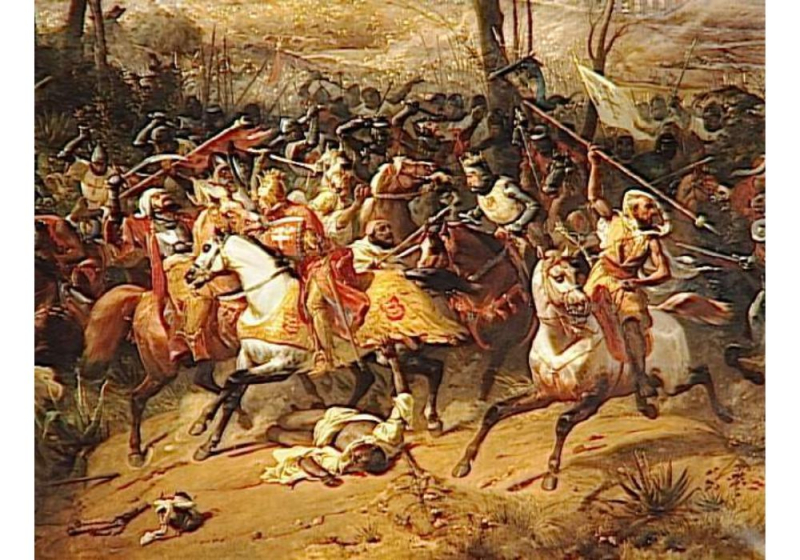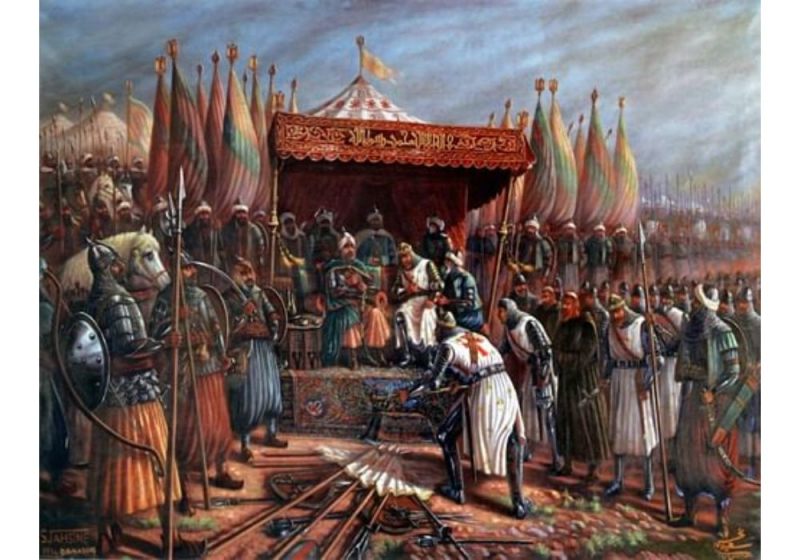Third Crusade
The Third Crusade, sometimes known as the Monarchs' Crusade because it involved as many as three European kings, was organized in response to Jerusalem being conquered by Saladin in 1187 and one of the most famous Crusades into the Holy Land. However, Philip II quickly left for France owing to disputes with Richard I of England, while Frederick I (Barbarossa) of Germany passed away on the way to the Holy Land. However, they were unable to retake Jerusalem despite winning several major engagements. However, the English king was able to secure free entry to Jerusalem for Christian pilgrims before leaving for Europe.
Frederick I, Holy Roman Emperor of Germany, joined the battle as well, but on June 10, 1190, in Asia Minor, he tragically drowned in a river. German Crusaders were upset by this, and the majority of them went home. Although the Crusaders were unable to take back Jerusalem, King Richard I was able to negotiate a compact that allowed unarmed Christian pilgrims and traders unfettered access to the holy city.
The important cities of Jaffa and Acre were taken by the Third Crusade, and many of Saladin's victories were reversed. The Third Crusade's spiritual and emotional goal, to retake Jerusalem, was not achieved.
Time: 1189 - 1192











